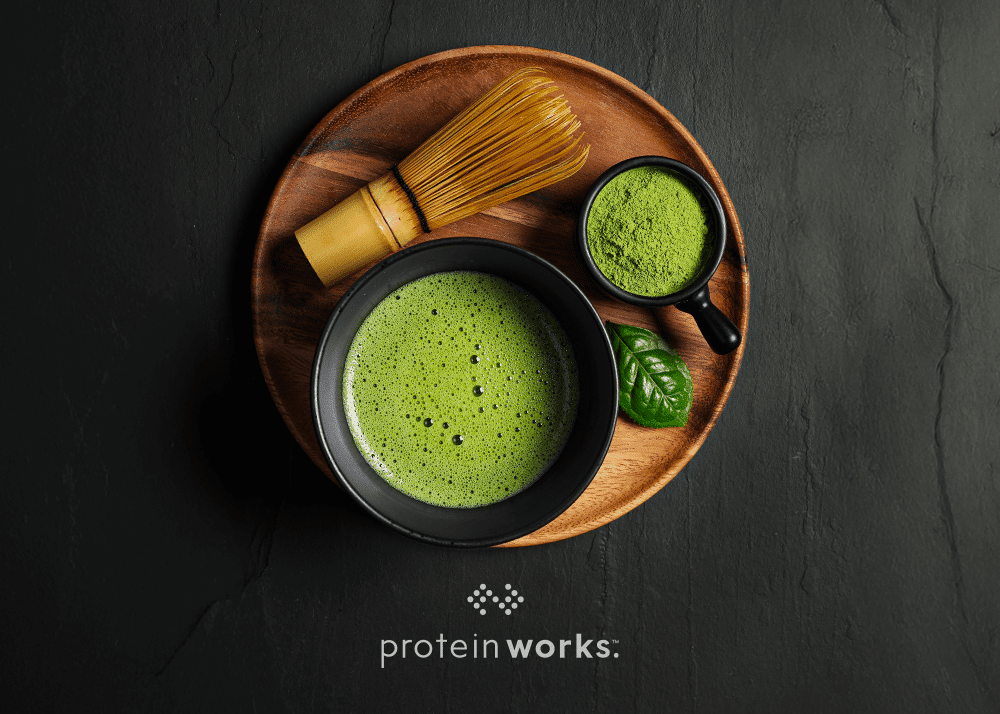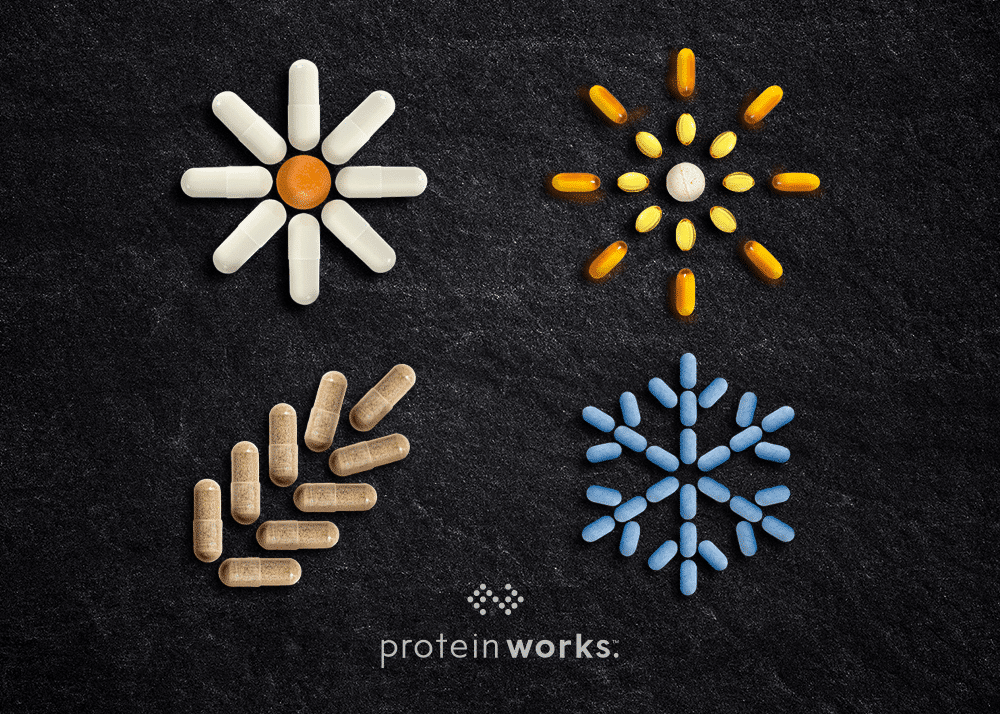
Arginine And Blood Flow
Arginine has been proven to improve blood flow within the body. Arginine does this by making the blood vessels expand in a process called vasodilation. By widening blood vessels and allowing more blood passing through, arginine supplementation has obvious benefits to performance.
Arginine and Blood Flow

Taking Arginine Before a Workout
Arginine is often present in pre-workout supplements. This is because arginine has been shown to improve resistance and endurance training. This is mostly due to the relationship between arginine and blood flow. During intense weight training sessions, the working muscle needs nutrients and oxygen delivered to it to ensure optimum performance. If the muscle can not perform at an optimum level it can not get stronger or bigger as it cannot maintain its power output. This can also cause muscle damage. Research shows supplementing as little as 3-5 grams of arginine before workout can improve performance.
Arginine and Performance
Due to the increased blood flow associated with taking arginine, increased oxygen is delivered to muscles. This can help in marathon running and cycling because oxygen is needed by the muscles for energy compared to shorter sports such as sprinting when a different energy system is used. So the more blood that is carried to the muscles, the more oxygen the muscle can utilize for energy. This means arginine can help athletes go harder and for longer periods of time. Arginine supplementation can also help power lifters and bodybuilders because of the increased blood flow and increased amount of nutrients travelling to the muscle.






No Comments yet!